
Winter 2015/16
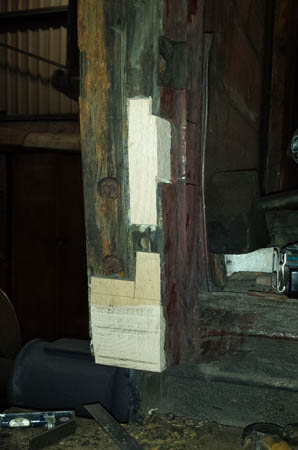
Apart from the carriage body requiring re-skinning, one of the big problems was the state
of the corner pillars. Two of these carry external doors while the opoosite ones have the doors slammed
against them.
Robbie repaired the bottom of the SW pillar and beefed up the hinge mountings (see right).
While Robbie was working on the SW pillar, Don was repairing the NW one with a large piece of beech (see below)
and also fitting a new gusset plate to replace the rusted original (thankyou Romney Hut men!).
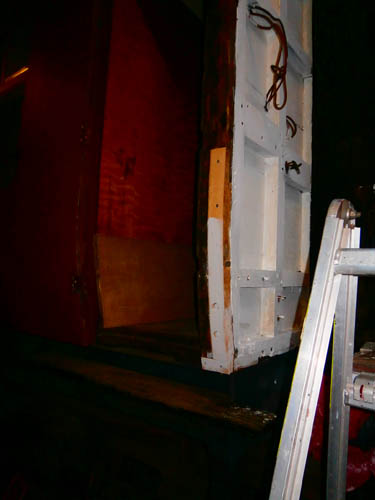
Al MacPhee was the leading light in the painting of the solebars. Firstly the solebars were wire brushed to remove all loose rust and muck, then they were rubbed over with a cloth soaked in white spirit to remove any adhering dust from the wire brushing session. Next, a coat of dark grey undercoat was applied to both solebars and reinforcing support struts and to the exterior of the battery box. This was followed by a coat of black topcoat.
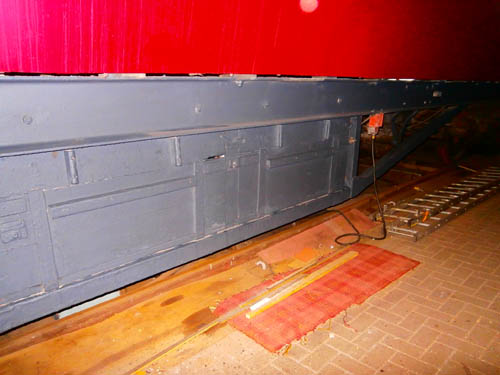
While the "carpenters" were assaulting 27407 in the Reserve Collection Building (RCB), Jim Ormiston was working on another LMS TO, number 27389. The photo below shows Jim up a ladder in the Goods Shed painting the roof the coach. He had previously primered and undercoated the new side panels which had been fitted by Mick before he left earlier 2015.
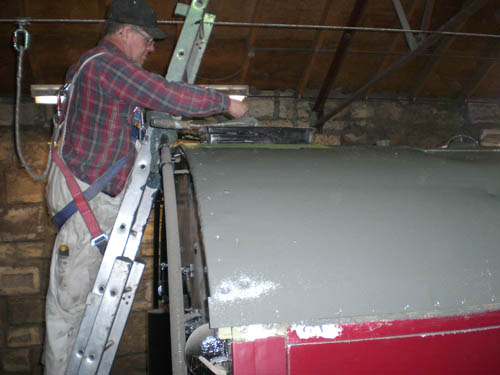
While working on replacing the damaged plywood panels beneath the windows, the insulation panels which protect the floor from the electric train heating heaters was noticed. As asbestos removal contractors were due to visit shortly thereafter to inspect the Gresley sleeper, it was decided to halt all internal work on the vehicle. The inspector sampled the material for analysis. Whether the advice was to seal up the panels or to remove them, either way access would be required, so the seat backs were removed and stored in one of our postal vans pro tem.
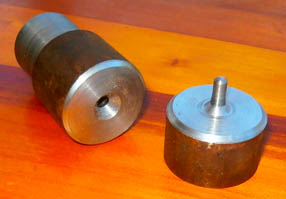
James Robertson cut out the replacement steel panels for the exterior doors using a Plasma cutter. Robbie and Don prepared the doors to receive the panels. This involved cleaning up the door frames to make sure the channels in the wood which accept the "dwells" in the panel around the fixing screws were present and in the right place. The door frames were chalked up to make sure the panel fixing screws didn't collide with the previous fixing screws as it was not possible to get all of these out - some had to be ground off in situ. The door panels were then primered on the inner side before drilling and making the "dwells" using a mandril tool which Don had turned on his lathe.